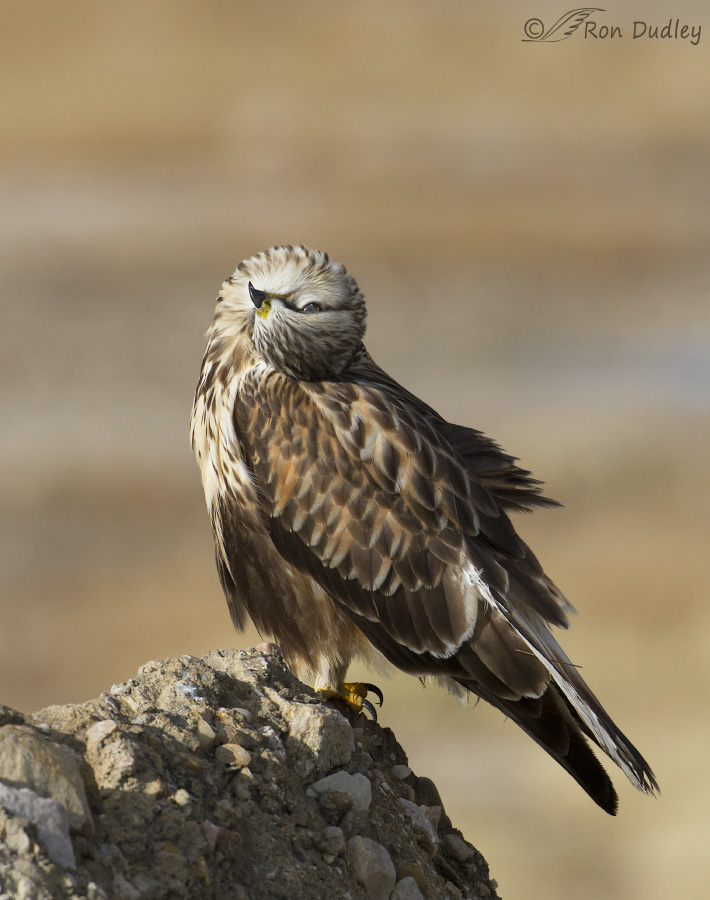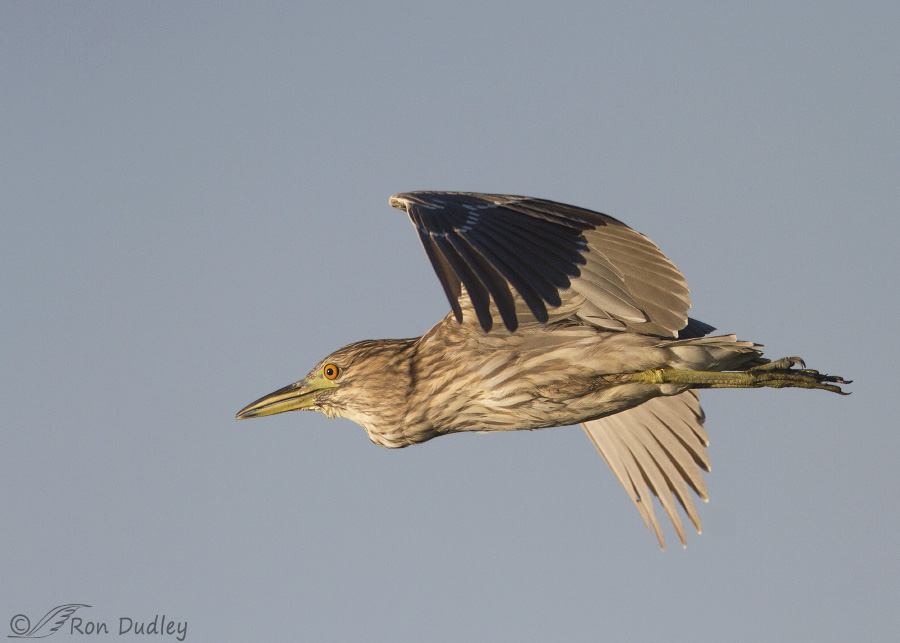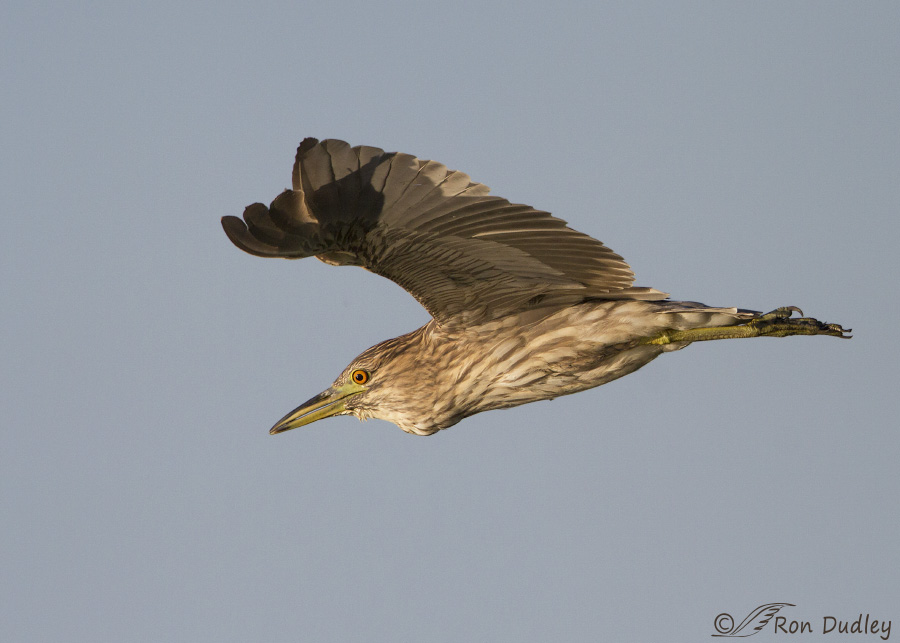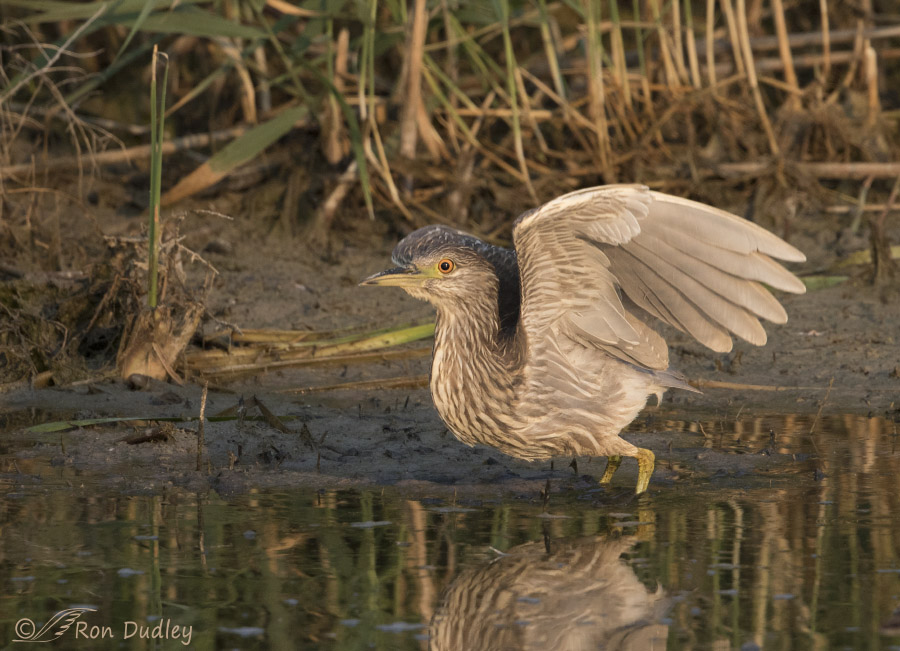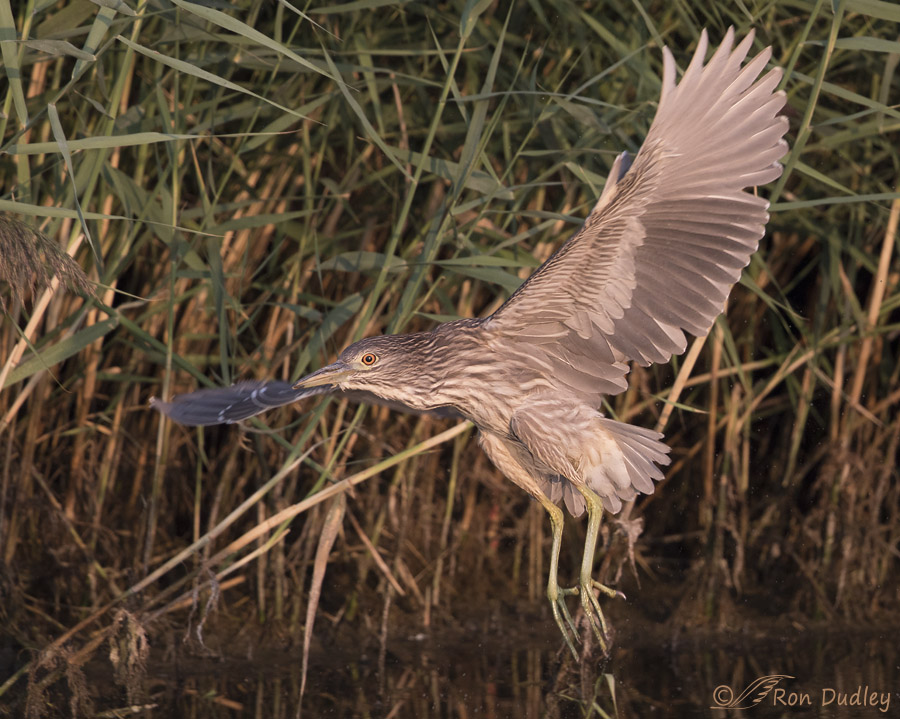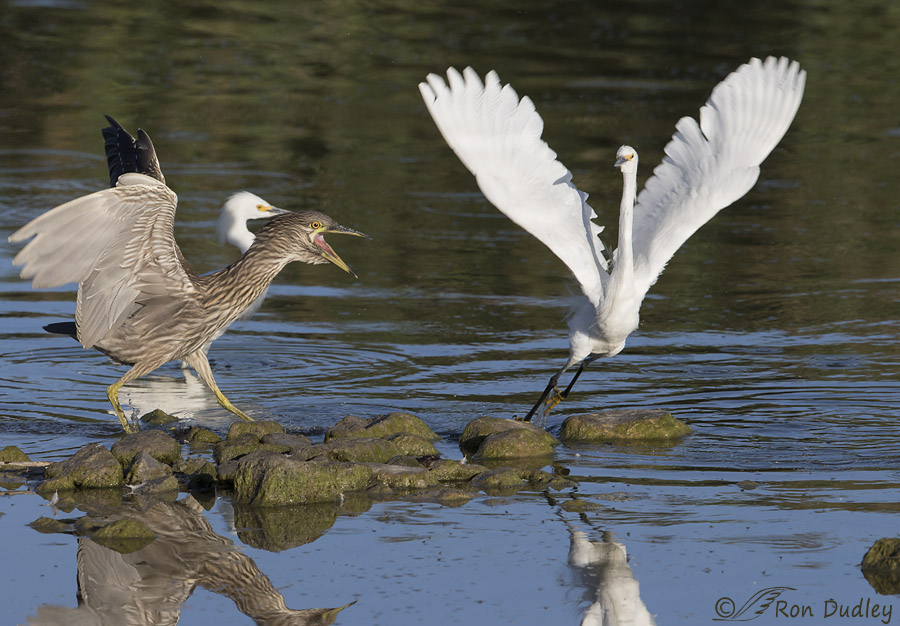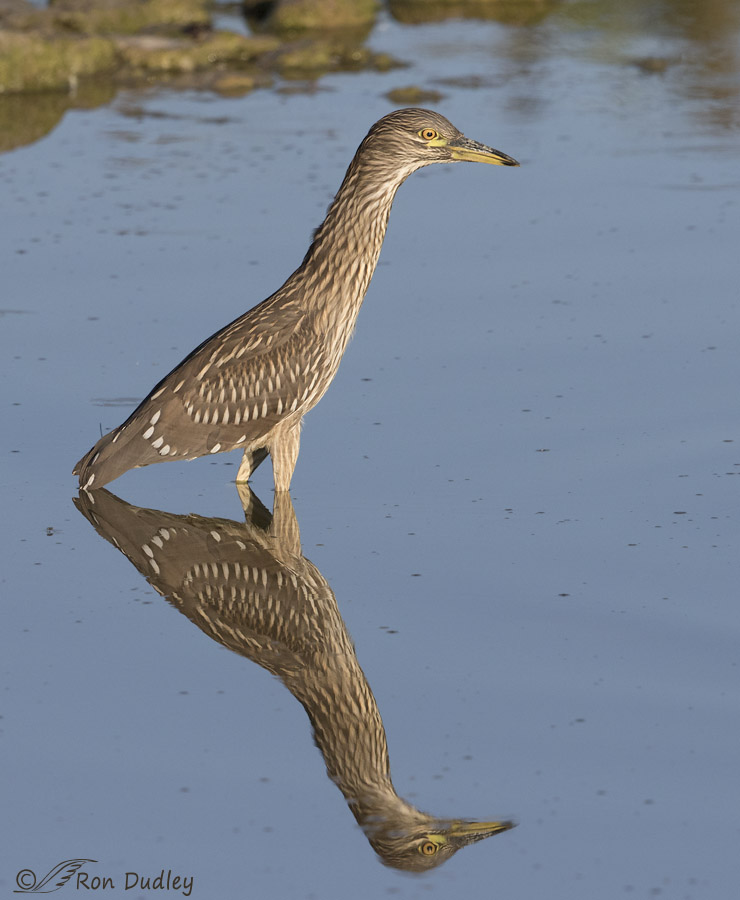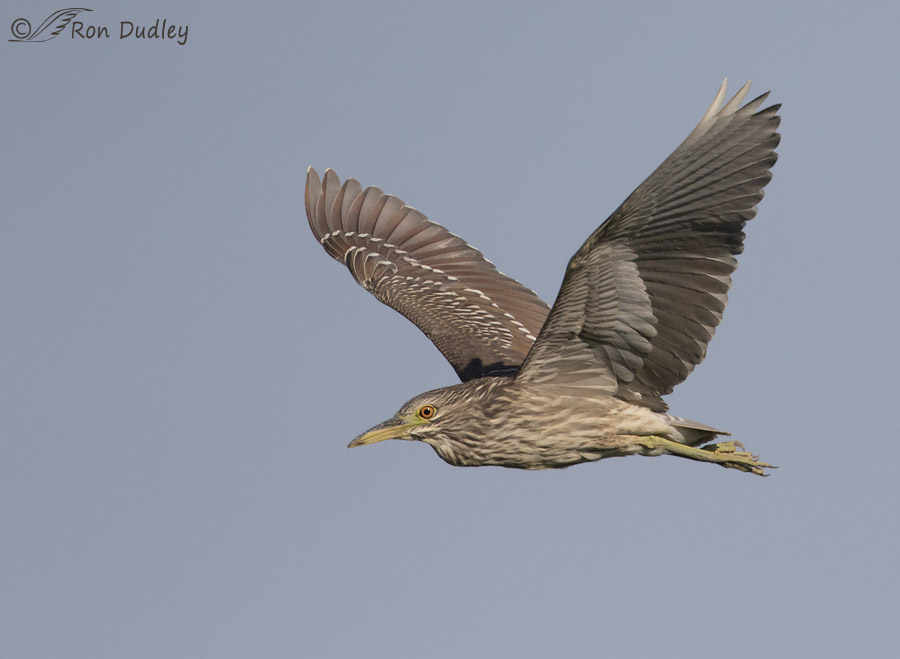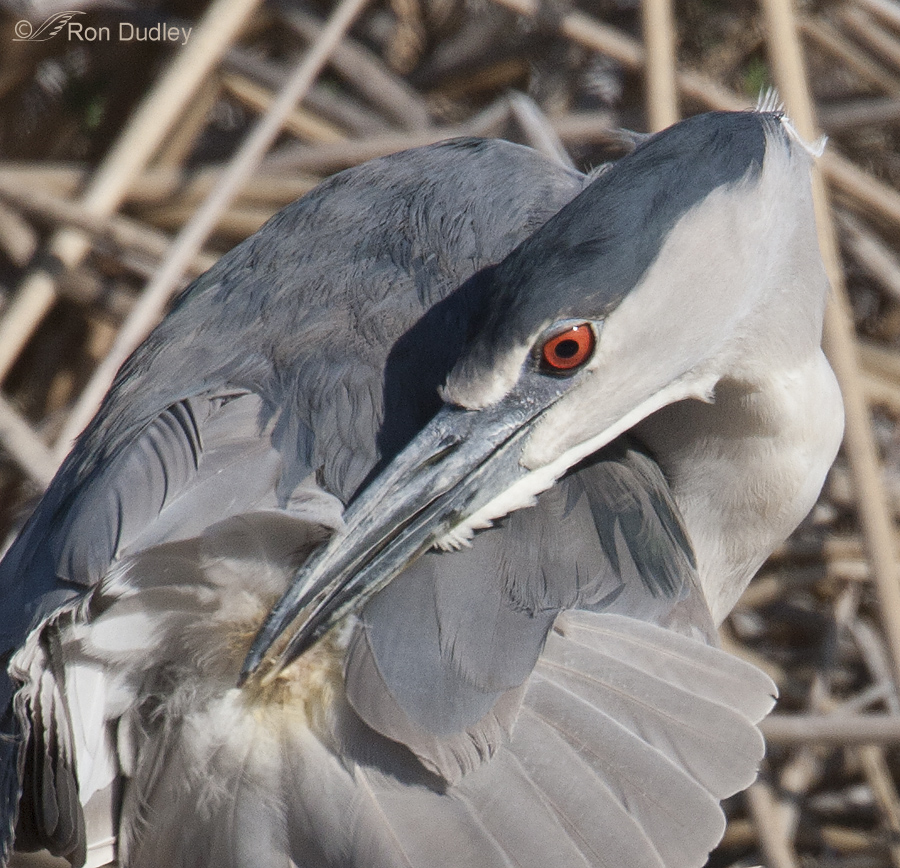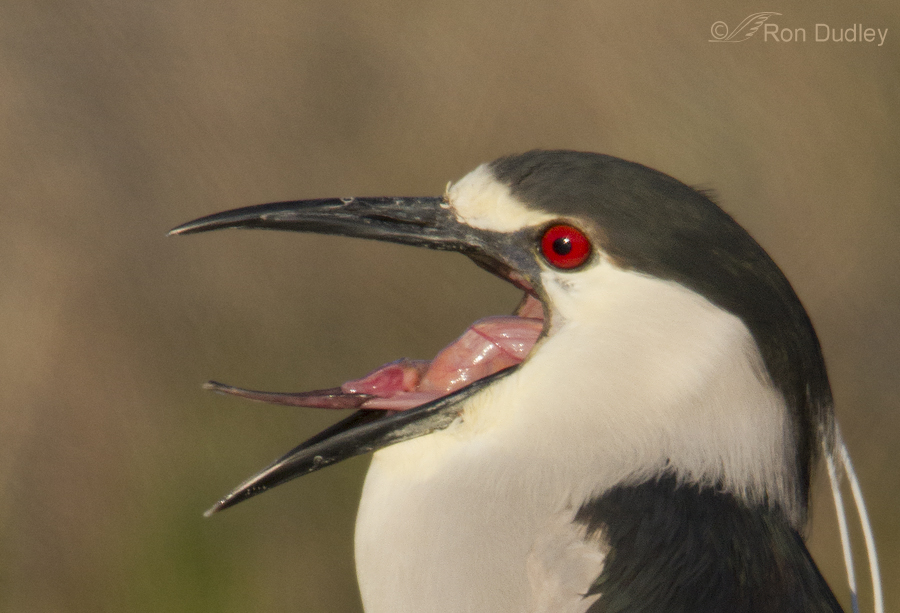Tag: black crowned night heron
Juvenile Black-crowned Night Heron In Flight
Juvenile Black-crowned Night Heron In Flight
2 Black-crowned Night Herons (and the volatility of shutter speed)
Black-crowned Night Herons Lifting Off In Warm Light Caused By Smoke
Black-crowned Night Heron With A Chip On Its Shoulder
Reflections – They’re Not Quite What They Appear To Be
Juvenile Black-crowned Night Heron In Flight
Preening And The Uropygial (preen) Gland
Black-crowned Night Heron Tongue
It’s Been A Tough Winter For Birds (and it’s getting worse)
Typical winters are hard on birds in northern Utah (and elsewhere). But when the season is unusually frigid with lots of snow as we’re having this year they struggle even more to survive. All of these images have been taken since January 2 of this year. Upland game birds like this Chukar seem to have adapted to extreme conditions fairly well. This bird was all puffed up and sitting high on a rock to catch the earliest warming rays of the sun as it rose over the nearby Wasatch Mountains. Another upland game species that can apparently take harsh conditions quite well is the Ring-necked Pheasant (this is a female). They seem to forage for seeds at the base of plants where the snow isn’t as thick and their food is more readily available. But many other species have a difficult time and quite a few birds don’t survive until spring. The waterfowl that winter over here congregate in the few areas of open water where the flowing water is the last to freeze over. But when it gets very cold, even those small bits of open water freeze. I’ve seen ducks and coots frozen into the ice, some of them still alive. This female Green-winged Teal has just left one of the last unfrozen patches of water and is approaching an area of frost flowers. This Northern Flicker is using the protection of the underside of the eaves of a building on Antelope Island State Park. I thought the angled…
Black-crowned Night Heron On Ice
Black-crowned Night Herons are the most widespread heron in the world, breeding on all continents except Antarctica and Australia. They’re relatively common in northern Utah, although it’s somewhat unusual for me to see them around here during winter. 1/1600, f/8, ISO 500, 500 f/4, 1.4 tc, natural light So two days ago I was surprised to find this juvenile still lurking around the wetlands of the Great Salt Lake. We’re in the middle of an inversion which means it’s very cold (I was shooting in temps of -10 degrees F yesterday morning) so most still water is frozen solid. This bird was standing on ice with a thin layer of snow on top. 1/1600, f/8, ISO 500, 500 f/4, 1.4 tc, natural light Juveniles look very different from adults. Instead of the basic black, white and gray colors of the adults these young birds are brown-streaked ventrally… 1/1250, f/8, ISO 500, 500 f/4, 1.4 tc, natural light and mostly solid brown dorsally. This orange-chrome eye color will turn bright red in the adult. 1/1000, f/8, ISO 500, 500 f/4, 1.4 tc, natural light I didn’t realize it at first but this bird was in hunting mode. There’s a patch of open water just out of frame in front of the heron and the bird is watching it for fish activity. One time it made an incredibly fast move for a fish from this position but it missed. The heron didn’t stand any closer to the open water because the ice is…
A Birthday Bounty Of Bear River Birds
Wednesday of this past week was my “medicare birthday”. I’m sure older readers will understand why my psyche needed some bolstering and I felt justified in burning up some extra gas and putting even more miles on my pickup for a trip to Bear River Migratory Bird Refuge to help take my mind off of my advancing age. It was worth the trip! While I didn’t get any truly spectacular shots it was a wonderful morning with excellent weather and light, lots of cooperative birds and great company – thanks to Mia. The only downside was that I had 35 gigs of images to cull when I got home… A couple of notes about my techs: a), regular readers are probably aware that I nearly always shoot with the 1.4 tc attached to my 500 mm. On this morning I got so close to many of the birds that almost half of the images I’ve posted here were taken without the tc and b), many of these images were taken with a very high shutter speed which is typical for me since I’m usually set up for action shots after firing off a few times on more traditional poses. All photos are presented in the order they were taken. 1/1250, f/5.6, ISO 640, 500 f/4, 1.4 tc On the road to the refuge we came across a pair of Short-eared Owls cavorting in the air right after the sun came up. One of the owls was “sky dancing” but by the time I got the pickup…


